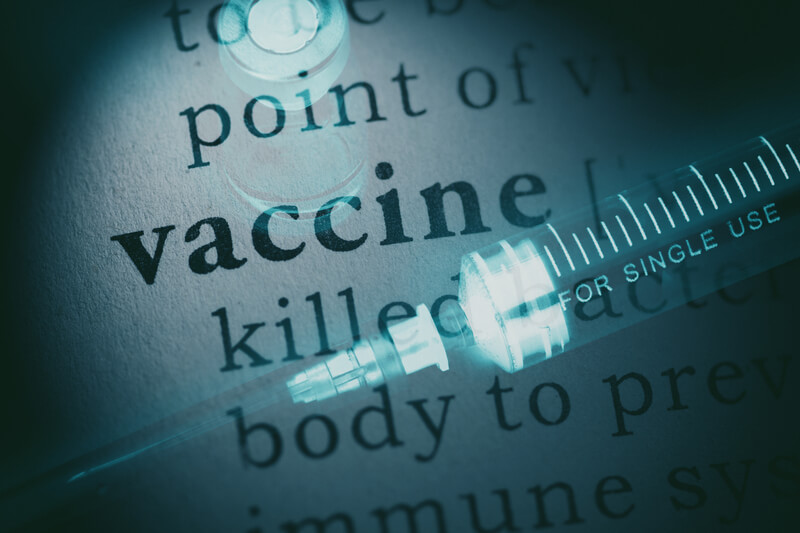The Vaccine Injury Compensation Program (VICP) is an essential yet often misunderstood system. It exists to protect those who have experienced adverse effects. However, its operation has many layers of legal nuances. You might be wondering, how does the vaccine injury compensation program work?
Our focus is to give historical context and practical advice about how to file a claim. We will also delve into the controversies surrounding the program and its implications for public health. Read this article today to understand how the VICP works and how a vaccine injury attorney can work the system.
A Brief History of the VICP
There was a dramatic surge in lawsuits against vaccine manufacturers in the 1970s and early 1980s. These torts were often related to alleged side effects from the Diphtheria, Pertussis, and Tetanus (DPT) vaccine.
These legal battles drove many companies out of business and jeopardized public health. Vaccine shortages became a real possibility.
The U.S. government recognized the problem and saw the need for a solution to maintain the vaccine supply. Congress enacted the National Childhood Vaccine Injury Act (NCVIA) in response. This legislation created the VICP as a no-fault alternative to the traditional legal system for resolving vaccine injury petitions.
Understanding the VICP
The VICP is a part of the Department of Health and Human Services (HHS). Its primary role is to ensure a stable, efficient, and fair mechanism for vaccine-related injuries or death. The design of the process makes it more streamlined and less adversarial than traditional court proceedings.
The VICP has an essential role in maintaining a delicate balance. Through this program, the government ensures the continuous availability of vaccines and a systematic process for injured parties.
The VICP classifies vaccines based on their associated risks and potential side effects. These classifications are in the Vaccine Injury Table, a critical guide for injured parties. The table lists specific vaccines, injuries, and periods in which the first symptom must occur. There is a presumption that the vaccine was to blame if a petition meets these criteria.
Funding for the VICP comes from a tax on each dose recommended for administration to children. Manufacturers pay this tax at 75 cents per antigen in a vaccine. Those levies go into a trust fund for payouts to those who have suffered.
Filing a Claim
Filing a claim with the Vaccine Injury Compensation Program (VICP) involves several critical steps. The first is to determine eligibility. The injury must have an association on the Vaccine Injury Table. Also, the claim must be filed within the designated time frame. The petitioner, often with the aid of an attorney, must then prepare a petition.
The document should include documentation to substantiate the claim. This evidence usually consists of medical records to show the relationship between the vaccine and the injury. Other supporting documents might be affidavits from medical experts and relevant scientific literature. Weaving these elements together effectively can require the help of a local attorney.
Once the petition is ready, it goes to the U.S. Court of Federal Claims. The U.S. Department of Health and Human Services responds with a review and a preliminary recommendation. The U.S. Department of Justice then develops a report with its legal analysis. The court reviews this report and decides whether the petitioner should receive compensation.
A VICP claim’s timeline can vary based on the complexity of the case and the court’s schedule. However, the process from filing a petition to the court’s decision can take a couple of years.
Common Misconceptions About the VICP
Understanding the function and limitations of the VICP involves dispelling a few myths.
One common myth is that filing a claim is equivalent to suing vaccine manufacturers. The VICP is a no-fault system to provide compensation without having to sue companies directly. It aims to protect the individuals harmed and the manufacturers that play a crucial role in public health. However, if your goal is to file a suit due to a vaccine injury, we can help match you with a Vaccination Injury attorney.
Another myth revolves around the VICP covering any post-vaccination health issues. It’s important to understand that the VICP specifically covers injuries or conditions with scientific proof. If your injury is not on the current list, it doesn’t automatically mean you cannot receive compensation. But you must prove a connection between the vaccine and the condition.
Finally, while the VICP exists to streamline the legal process, it does not guarantee a successful outcome. Not all claims result in compensation, and the process can take time.
Consult an Attorney About VICP Claims
The Vaccine Injury Compensation Program plays a critical role in our lives. Understanding how it works, from eligibility to claim filing, is crucial to navigating the system effectively.
Local vaccine injury lawyers can help prove injury, provide invaluable guidance and support. They can assist you in gathering the necessary documentation, creating a case, and appealing decisions.
Contact us online today for a referral to a trusted and local attorney. You can complete our online form or call (866) 345-6784 to get started.

